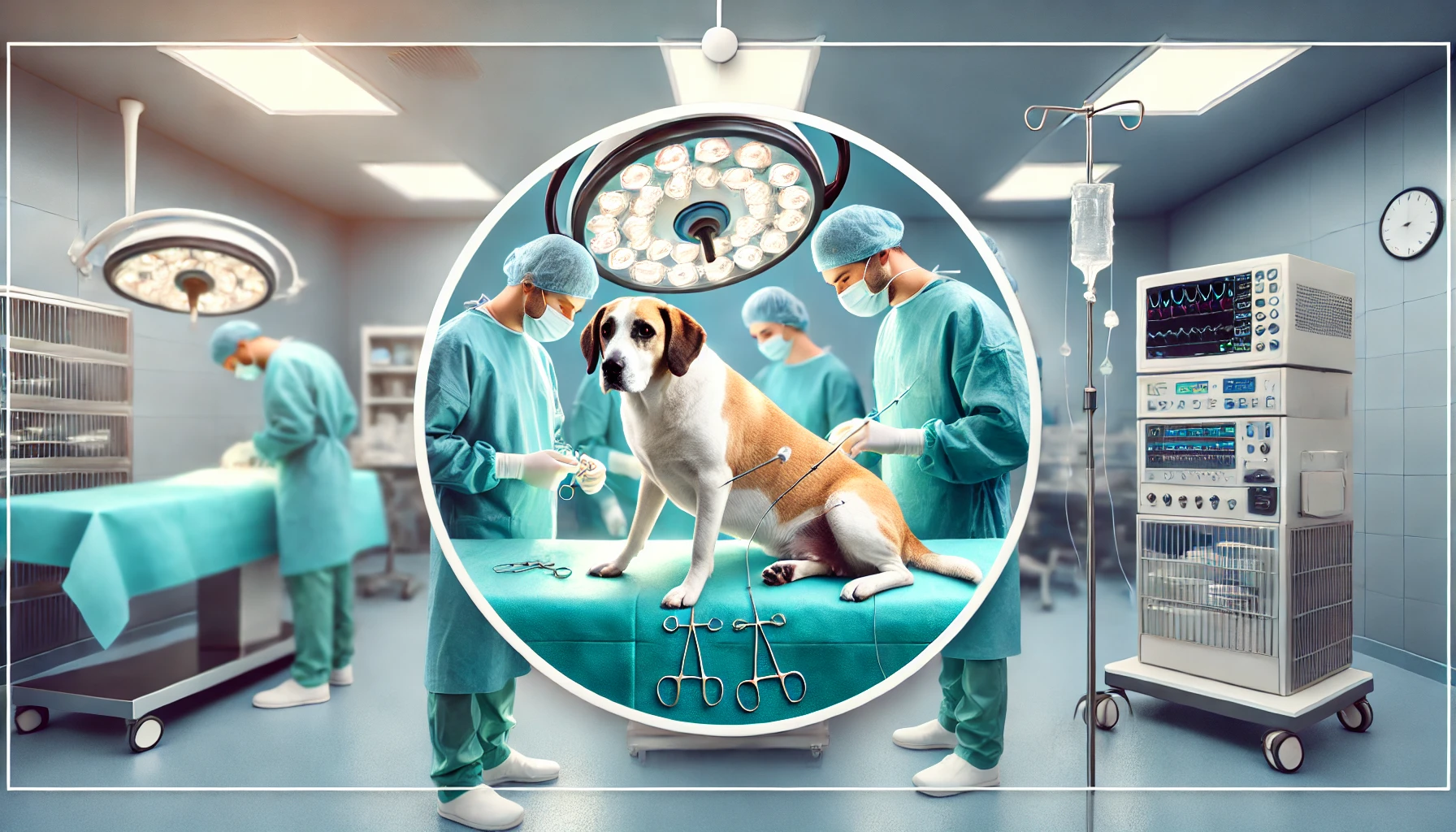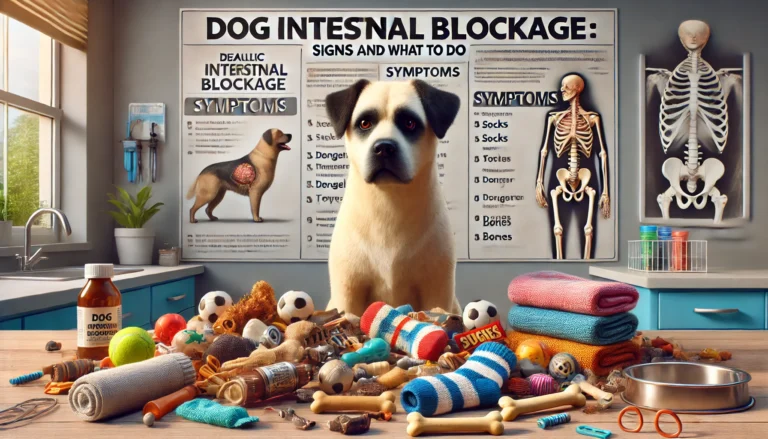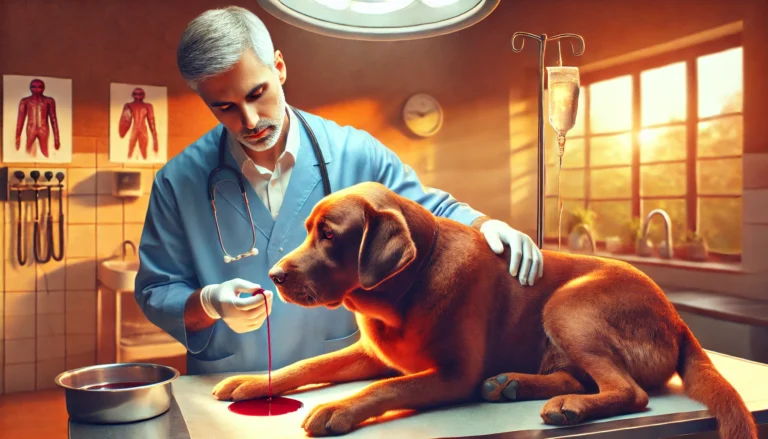Comprehensive Guide to Dog Spay Surgery: What It Is, Benefits, and What To Expect

Introduction to Dog Spay
When it comes to responsible pet ownership, spaying your dog is a crucial decision that can significantly impact her health, behavior, and overall quality of life. But what exactly does spaying involve? What are the benefits and risks, and what should you expect before, during, and after the procedure? This extensive guide will dive deep into everything you need to know about dog spay surgery, integrating over 200 related terms to ensure comprehensive coverage.
What Is Dog Spay Surgery?
Dog spay surgery, also known as an ovariohysterectomy, involves the surgical removal of a female dog’s reproductive organs, including the ovaries, fallopian tubes, and uterus. This procedure renders the dog incapable of reproducing and eliminates her heat cycles, addressing both the pet overpopulation problem and various health risks.
The Surgical Process
The dog spay procedure typically involves a veterinarian making an incision just below the belly button into the abdomen to access and remove the reproductive organs. This is a common veterinary operation with a focus on minimizing discomfort and promoting a quick recovery.
Benefits of Spaying Your Dog
Health and Behavioral Benefits
- Prevents Medical Issues: Spaying helps prevent serious health issues such as uterine infections (pyometra) and breast cancer, particularly when performed before the first heat cycle.
- Reduces Behavioral Problems: Spayed dogs are less likely to exhibit aggressive behaviors or wander away from home, which is often motivated by the instinct to mate.
- Long-Term Savings: While spaying incurs an upfront cost, it can reduce the potential for future medical and behavioral expenses.
Impact on Dog Population
- Population Control: Spaying reduces unwanted litters, which helps decrease the number of homeless animals and reduces strain on shelters.

Pre-Surgery Preparation
Before spaying your dog, your vet will likely recommend a thorough preoperative assessment including blood tests to ensure your dog is healthy enough for anesthesia. You will also need to restrict your dog’s food and water intake the night before surgery to prevent anesthesia-related complications.
What to Bring on Surgery Day
Ensure you bring any paperwork and follow specific instructions provided by your vet clinic, such as bringing your dog in a comfortable carrier or on a leash.
The Spaying Procedure: Step-by-Step
- Anesthesia: Administered to ensure your dog is unconscious and pain-free during the procedure.
- Incision: Made on the lower abdomen to access the reproductive organs.
- Removal of Reproductive Organs: The ovaries, fallopian tubes, and uterus are removed.
- Closure: The incision is closed with stitches, staples, or surgical glue.
- Recovery: Post-operative care begins in the clinic, where your dog is closely monitored as the anesthesia wears off.
Post-Surgery Care and Recovery
Immediate Aftercare
Immediately following surgery, your dog may be groggy and will require a quiet place to recover. Monitor the spay incision site for signs of infection or complications, such as redness, swelling, or discharge.
Long-Term Care
- Activity Restrictions: Limit your dog’s activities for up to two weeks after surgery to prevent incision complications.
- Incision Care: Keep the area clean and dry, and check daily for any signs of infection.
- Pain Management: Follow your vet’s instructions for pain relief to help your dog remain comfortable.
Potential Complications and Warning Signs
While spay surgery is generally safe, like any surgical procedure, it carries risks of complications such as:
- Infection: Indicated by excessive redness, swelling, or pus at the incision site.
- Seroma: A fluid-filled swelling that occurs at the surgical site as a natural reaction to activity post-surgery.
- Behavioral Changes: Some dogs may show changes in behavior due to discomfort or confusion post-surgery.
When to Contact Your Veterinarian
Contact your veterinarian if you notice any concerning symptoms, such as:
- Persistent Pain: If pain seems to worsen or doesn’t decrease after a few days.
- Incision Issues: Signs of infection, opening of the incision, or persistent swelling.
- Behavioral Concerns: Significant changes in behavior or signs of severe discomfort.
do you know
Dogs rely on their senses to explore the world, and their eyes are no exception.
Conclusion of Dog Spay
Spaying your dog is a responsible choice that can have numerous benefits for her health and well-being. By understanding what to expect from the spay surgery and how to properly care for your dog afterward, you can ensure a smooth recovery and a healthier future for your pet. Always follow your veterinarian’s guidance and don’t hesitate to ask questions to ensure your dog receives the best care possible.
Can Dogs Get Spayed While Pregnant?
Risks and common veterinary recommendations.
How long does it take for a dog to recover from being spayed?
Recovery typically takes about 10-14 days, during which activity should be limited to allow healing.
Do female dogs change after being spayed?
Spaying can reduce some behaviors like aggression and roaming, but it doesn’t change a dog’s core personality.
What age should a female dog be spayed?
Most vets recommend spaying around 6-9 months, though it depends on the dog’s breed and health
Is spaying a female dog painful?
Spaying is a surgical procedure, so some discomfort is expected, but vets provide pain management to keep them comfortable.
Do dogs cry after being spayed?
Some dogs may whine or cry after surgery due to discomfort or the effects of anesthesia, but this usually subsides with rest and care.
Is it healthy for a female dog to be spayed?
Yes, spaying reduces the risk of certain cancers and infections, contributing to a longer, healthier life.
Is it OK if I don’t spay my dog
While not spaying is a personal choice, it increases the risk of health issues and contributes to pet overpopulation.
Does spaying stop periods?
Yes, spaying removes the reproductive organs, so female dogs no longer go into heat or have periods.






